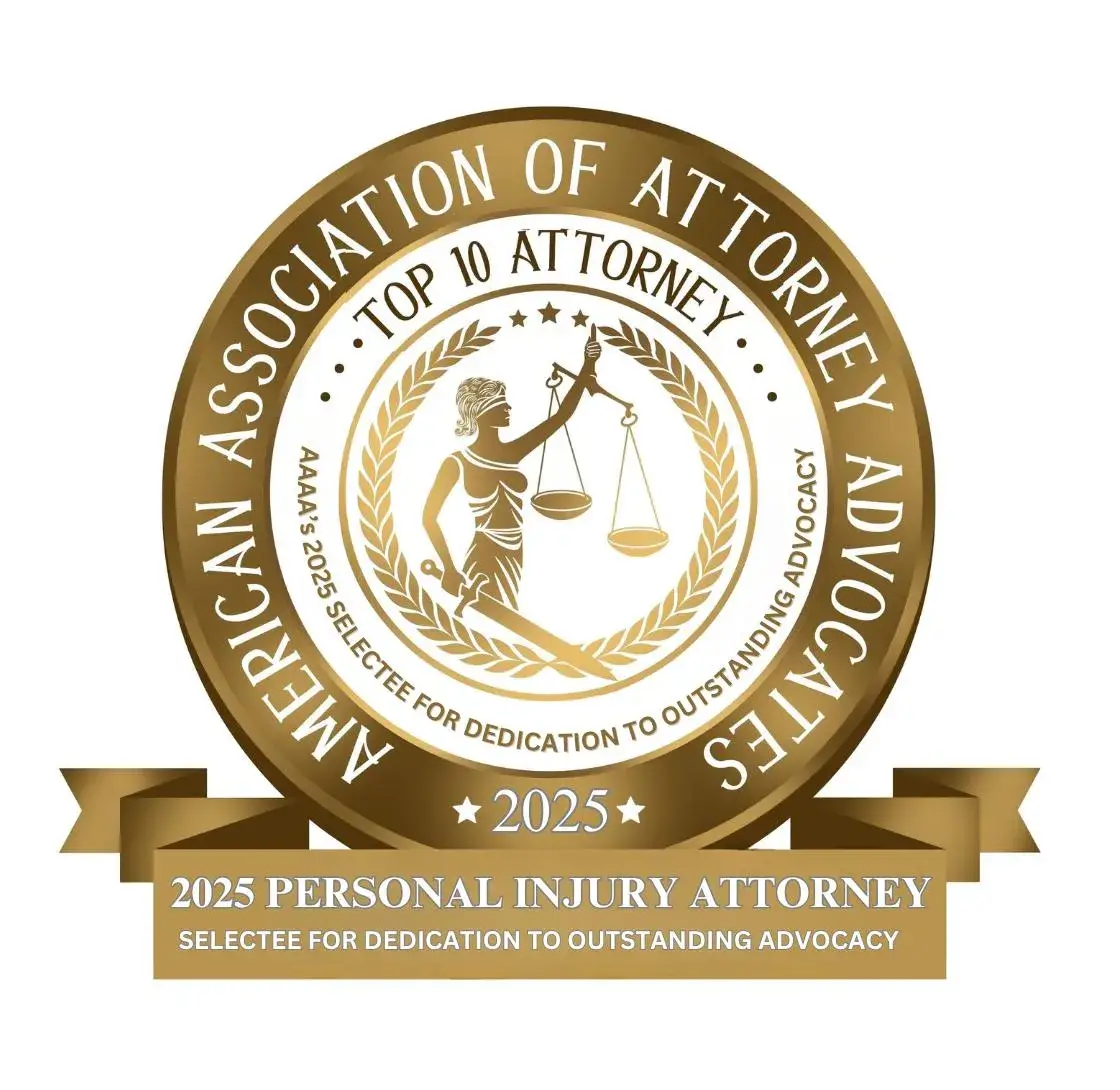Summer Heat Safety Campaign For Workers
According to the Occupational Safety and Health Administration, the start of this summer’s squelching heat has helped kick off the “Summer Heat Safety Campaign” for this year. The final goal of the campaign? To reach out and inform employers and employees about the dangers of working in the heat. The reason why this is so important can be seen in one simple statistic: In 2014 alone, 2,630 workers suffered from heat illness and 18 died from heat stroke on the job. Most specifically, there are four vulnerable populations in this type of weather who need special attention: the elderly, athletes, emergency responders, and outdoor workers.
Through research, OSHA was able to find that a majority of heat-related deaths involved workers who were on the job for three days or less. OSHA investigated some of these inquiries and now believes that employers must ensure that new workers become acclimated to the heat when they start or return to work in the heat.
The Deadliness of Heat Illness
The truth is that sweating isn’t enough for the body to function fully when it comes to high humidity and extremely hot weather. Because of this weather, heat illness can cause deadly effects on a person and wreak havoc on the human body. If you are not drinking enough water and resting in the shade, body temperature can rise to dangerous levels and the results could be catastrophic. Fortunately for many workers’ best knowledge, these illnesses and deaths are fully preventable.
Employers have a duty to protect workers from excessive heat. Under OSHA law, they must always take responsibility for providing workplaces that are free of hazards. If an employer knows that their workplace poses high risks, then they should establish a heat illness prevention program. This means providing workers with water, rest and shade, allowing new or returning workers to gradually increase workloads and take more breaks as needed, plan for emergencies and train workers on prevention, and monitor workers for signs of illness.
The symptoms of heat exhaustion include dizziness, headache, sweaty skin, weakness, cramps, nausea, and fast heart beat. The symptoms of heat stroke include red or dry skin, high temperature, confusion, convulsions, and fainting. But how can these accidents be prevented? Workers should drink water every 15 minutes, rest in the shade to cool down, wear a hat and light-colored clothing, learn the signs of heat illness and what should be done in an emergency, keep an eye on fellow workers, and get used to the heat by taking it easier the first few days on the job.
Any worker who is exposed to hot and humid conditions poses the risk of being affected by heat illness. If you are wearing bulky protective clothing or doing heavy work tasks – beware, because you may be at risk of heat illness more than other workers. New workers, temporary workers, or those returning to work after some time off may carry bigger risks as well, because they do not have the tolerance for the heat. Now you know and understand the risks and prevention methods, as well as what employers must do to keep you safe. Remember these risks and methods this summer when the heat is at its worst!


















